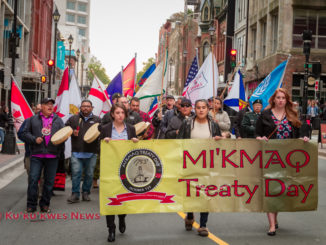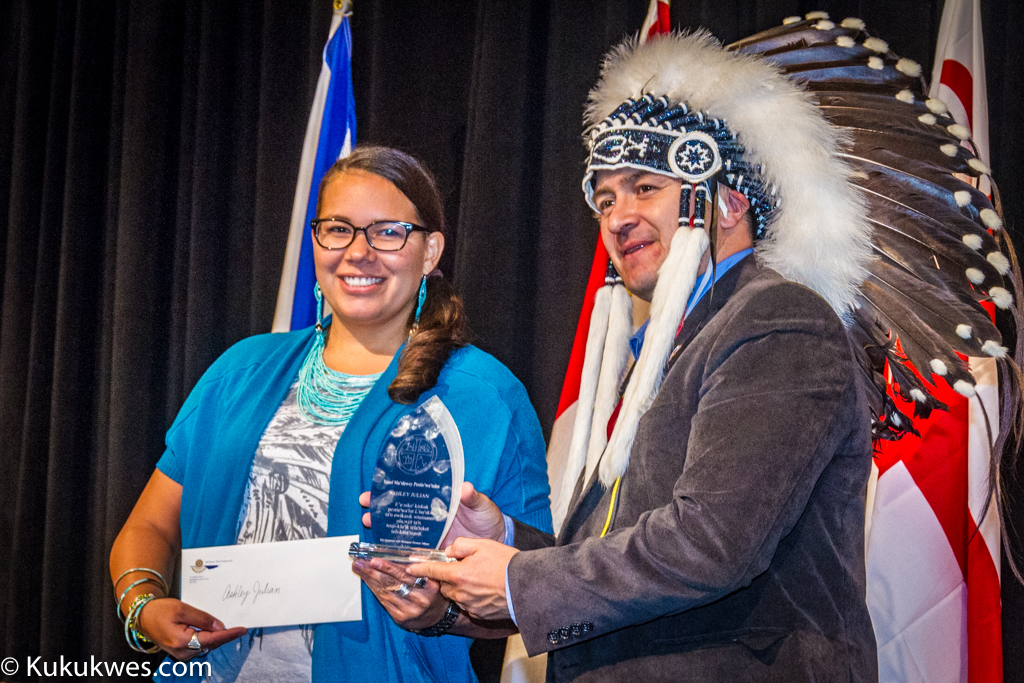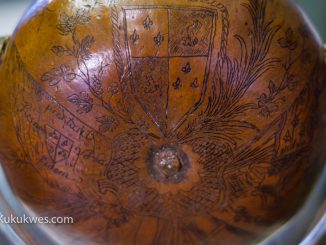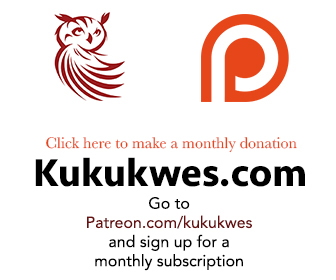
A new interactive website that contains the Mi’kmaw names of places and communities in Nova Scotia was unveiled during Mi’kmaq Treaty Day celebrations Thursday.
The website, called, “Ta’n Weji-sqalia’tiek: Mi’kmaw Place Names Digital Atlas,” contains the Mi’kmaw names of over 700 places throughout the province. The website address is www.mikmawplacenames.ca.
Well-known Mi’kmaw linguist and consultant Bernie Francis worked on the project for more than five years with Trudy Sable, Director of Aboriginal and Northern Research at the Gorsebrook Research Institute at Saint Mary’s University. They were able to hire a team of Mi’kmaw university students to conduct interview Mi’kmaw elders about the origins of many of the place names.
“There is no way that we could have every come close to have completed this project in the timeline that we did without the help of the elders,” Francis said.
“The elders were prominent in this,” he added.
The digital atlas on the website includes pronunciation, etymology and video interviews with elders.
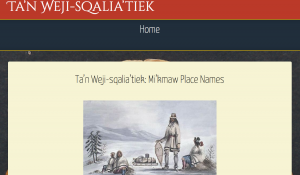
Francis described the research, which began in 2010, very challenging at times.
“Sometimes, it took me the better part, maybe, three full days to arrive at a particular meaning to a particular name,” he explained. “Sometimes I could get 15-20 names in one day.”
“That’s the way it went for five years,” Francis said.
One example of the types of challenges he faced with this project was the origins of the name of Hectanooga in southwestern Nova Scotia. After speaking with Mi’kmaw elder Elsie Charles Basque, he learned the name of that place came from the Mi’kmaq phrase, “Kti nu’kwat” when translated means “your dog is burning.”
The purpose of the website is to strengthen and promote the Mi’kmaw language in public areas and public signage throughout the province.
The research for the project was funded by the Social Sciences and Humanities Research Council of Canada, the Mi’kmaq-Nova Scotia-Canada Tripartite Forum, Saint Mary’s University and through student grants offered by government agencies.
On October 19, there will be a signing of a memorandum of understanding between the Confederacy of Mainland Mi’kmaq, Mi’kma’ki All Points Services, the Union of Nova Scotia Indian and Saint Mary’s University to continue the development of the atlas and website. The signing will take place at the Millbrook Culture and Heritage Centre in Millbrook First Nation, N.S.

